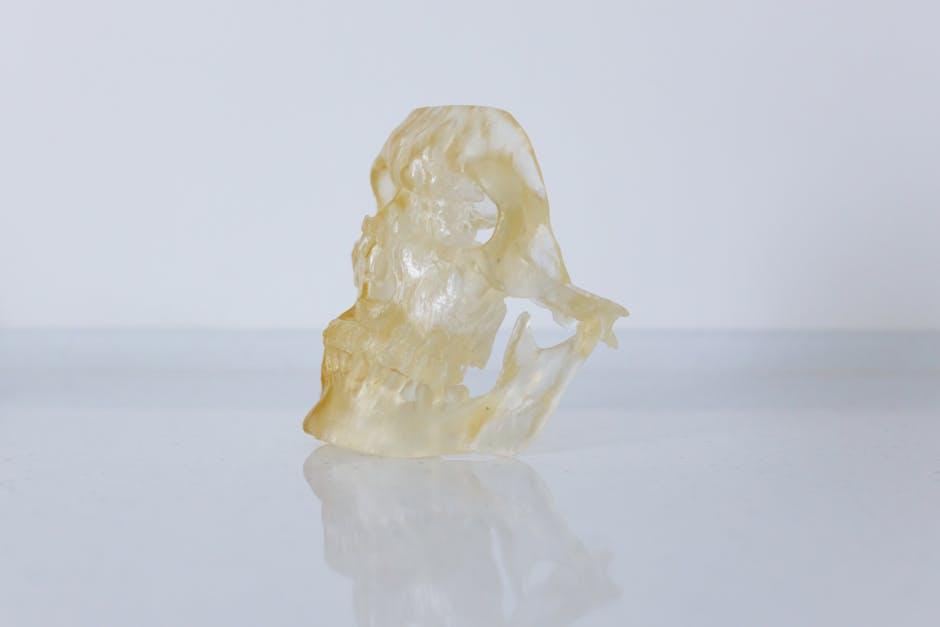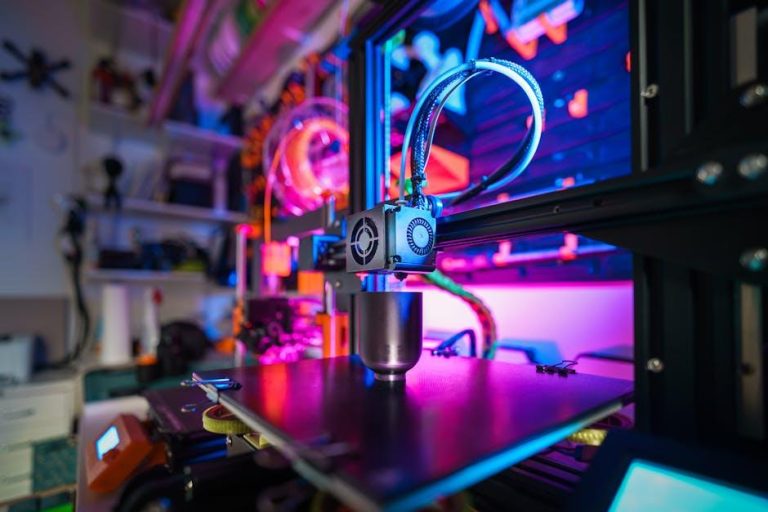
Dental 3D Printing Market Worth $10.06 Billion by 2030 with 20.5% CAGR | MarketsandMarkets™ – PR Newswire
The dental industry is undergoing a remarkable transformation, thanks to rapid advancements in 3D printing technology. According to a recent MarketsandMarkets™ report, the Dental 3D Printing Market is set to reach an impressive $10.06 billion by 2030, growing at a robust compound annual growth rate (CAGR) of 20.5%. This explosive growth underscores the increasing adoption of 3D printing solutions in dental clinics, laboratories, and research centers worldwide.
Understanding the Dental 3D Printing Market
Dental 3D printing leverages additive manufacturing to create precise dental devices, implants, crowns, molds, and orthodontic products. The technology enables customized solutions with swift production times, significantly enhancing patient outcomes and operational efficiency.
Key Segments Driving Market Growth
- Application Areas: Dental implants, orthodontics, prosthetics, surgical guides, and dental models.
- 3D Printing Technologies: Stereolithography (SLA), Digital Light Processing (DLP), Fused Deposition Modeling (FDM), and Selective Laser Sintering (SLS).
- End Users: Dental clinics, dental laboratories, academic & research institutions.
- Materials: Resins, ceramics, metals, and composites.
Why is the Dental 3D Printing Market Growing So Rapidly?
The increasing adoption of digital dentistry, along with technological innovations in 3D printing, is fueling significant market expansion. Here are some of the primary factors contributing to this growth:
- Customization and Precision: 3D printing allows the production of highly customized dental prosthetics tailored to individual patient anatomy, resulting in better fit and comfort.
- Reduced Treatment Time: The technology reduces the manufacturing cycle from weeks to hours, enabling faster patient turnaround.
- Cost Efficiency: Automation minimizes labor costs and material wastage, driving affordability for dental practitioners and patients alike.
- Growing Incidence of Dental Disorders: Increasing prevalence of dental diseases and cosmetic dentistry is raising demand for implants, dentures, and orthodontic devices.
- Technological Advancements: Innovations like biocompatible materials and multi-material printing have expanded applications and improved outcomes.
- Regulatory Approvals and Awareness: Growing regulatory clarity and awareness among dental professionals are aiding faster market penetration.
Market Overview: Key Statistics and Forecast
| Parameter | Value |
|---|---|
| Market Size (2023) | $3.5 Billion (Approx.) |
| Projected Market Size (2030) | $10.06 Billion |
| Compound Annual Growth Rate (CAGR) | 20.5% |
| Leading Region | North America |
| Top Application Segment | Dental Implants & Prosthetics |
| Dominant Technology | Stereolithography (SLA) |
Benefits of Dental 3D Printing
Adopting 3D printing technology in dentistry comes with profound benefits for both dental professionals and patients, including:
- Enhanced Accuracy: Superior precision compared to traditional molding techniques.
- Speedy Production: Rapid prototyping shortens time to delivery and increases patient satisfaction.
- Material Versatility: Wide range of biocompatible materials with tailored mechanical properties.
- Reduced Waste: Additive manufacturing uses exact material quantities, limiting environmental impact.
- Lower Costs: Reduction in manual labor and rework cuts expenses over time.
- Easy Digital Storage: Digital models stored electronically facilitate easy reprints and adjustments.
Practical Tips for Dental Clinics Adopting 3D Printing
For dental practices considering the integration of 3D printing, here are a few practical recommendations to ensure success:
- Choose the Right Printer: Match printer specifications to practice needs — printing volume, accuracy, and material compatibility matter.
- Invest in Staff Training: Equip your team with skills in 3D CAD software and printer operation for smooth workflows.
- Implement Quality Checks: Regular calibration and test prints help maintain consistent output quality.
- Start Small: Begin with simple dental models before scaling up to complex prosthetics or implants.
- Collaborate with Experts: Partner with dental labs or tech providers for technical support and co-development.
Case Study: Transforming Orthodontics with 3D Printing
The integration of 3D printing in orthodontics exemplifies how this technology adds value across diagnosis, treatment planning, and appliance fabrication. For example, a leading orthodontic clinic reported:
- Reduction in Treatment Planning Time: From 3 days to a few hours.
- Improved Patient Outcomes: Customized aligners with higher comfort and efficacy.
- Cost Savings: 25% reduction in material and labor costs per case.
This case underscores the transformative impact of dental 3D printing on clinical workflows and patient experience.
Future Outlook: Innovations Shaping the Dental 3D Printing Market
The future of dental 3D printing looks promising, with emerging trends including:
- Bioprinting: Developing living tissue scaffolds for regenerative dentistry.
- Multi-Material Printing: Combining multiple materials in one print for superior functionality.
- AI-Driven Design: Leveraging artificial intelligence to optimize dental model design and predict treatment outcomes.
- Cloud-Connected Printers: Enabling remote monitoring, maintenance, and digital collaboration.
Conclusion
The Dental 3D Printing Market is poised for extraordinary growth, driven by technological advancements, increasing demand for personalized dental care, and improved cost efficiency. Expected to reach $10.06 billion by 2030 with an impressive 20.5% CAGR, this market represents a fertile ground for dental professionals, manufacturers, and investors.
For dental practices willing to embrace innovation, 3D printing offers untapped potential to revolutionize patient care and streamline operations. Staying updated with emerging trends, investing in the right technology, and focusing on continuous skill development will be key to harnessing the full power of dental 3D printing in the coming decade.


